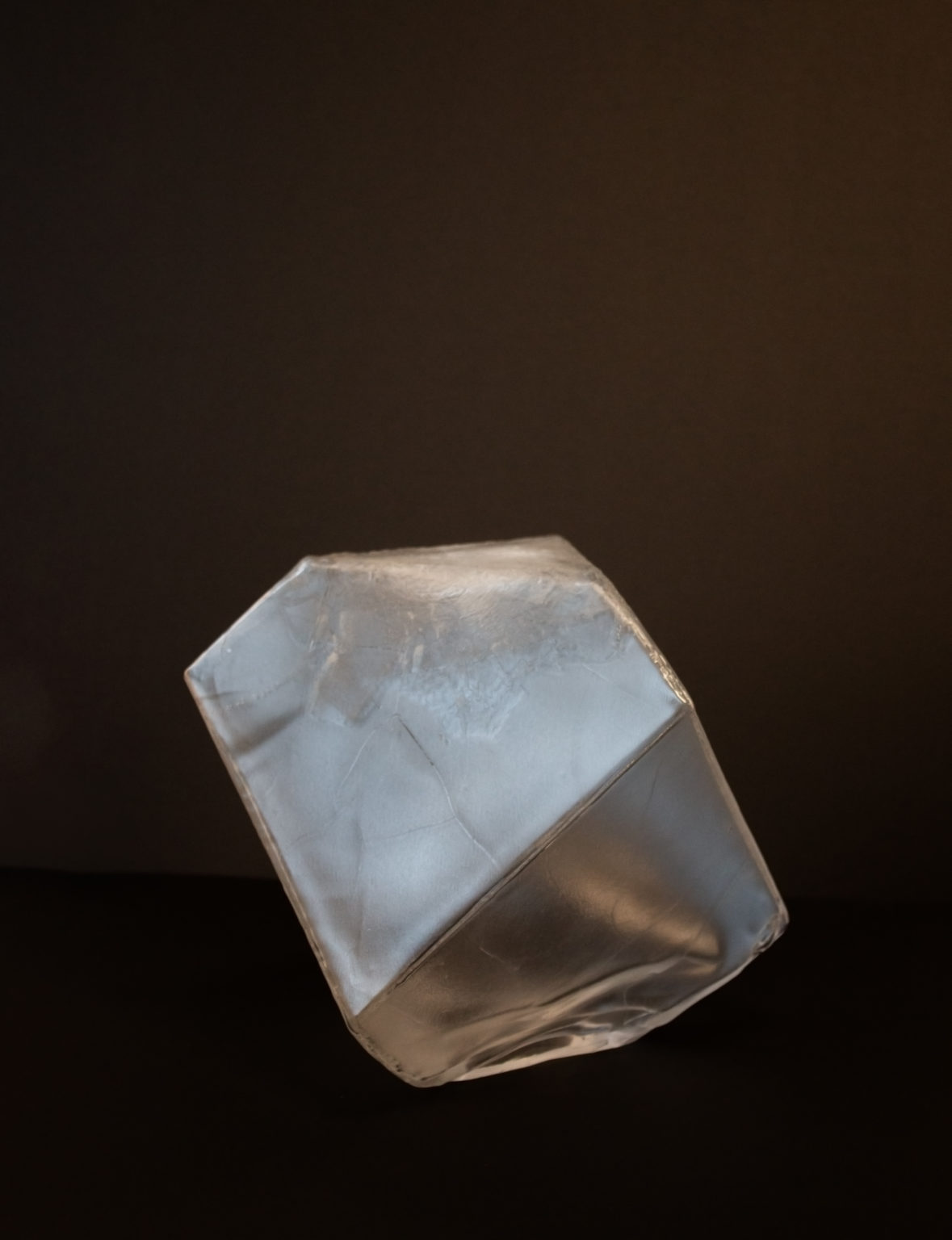Pathfinders: Paving the Glass Revolution in the U.S.
APRIL 11th - JULY 14th
Opening reception APRIL 11th, 5-7pm
Produced in partnership with the Sandwich Glass Museum and in consultation with the New Bedford Museum of Glass, Pathfinders: Paving the Glass Revolution in the U.S. chronicles the impact of Dale Chihuly's influence in the studio glass movement.
Chihuly's founding of the Pilchuck School - a place that has nurtured and schooled a community of artists in glass art techniques for more than 50 years - along with his visionary deployment of glass in the creation of monumental environmental sculpture, cemented a new legitimacy for the medium as a vehicle for fine art. The exhibition includes leaders in the world of glass sculpture from the 1960s up to contemporary glass artists.
See the full collection in person at the Art Museum.
Dale Chihuly
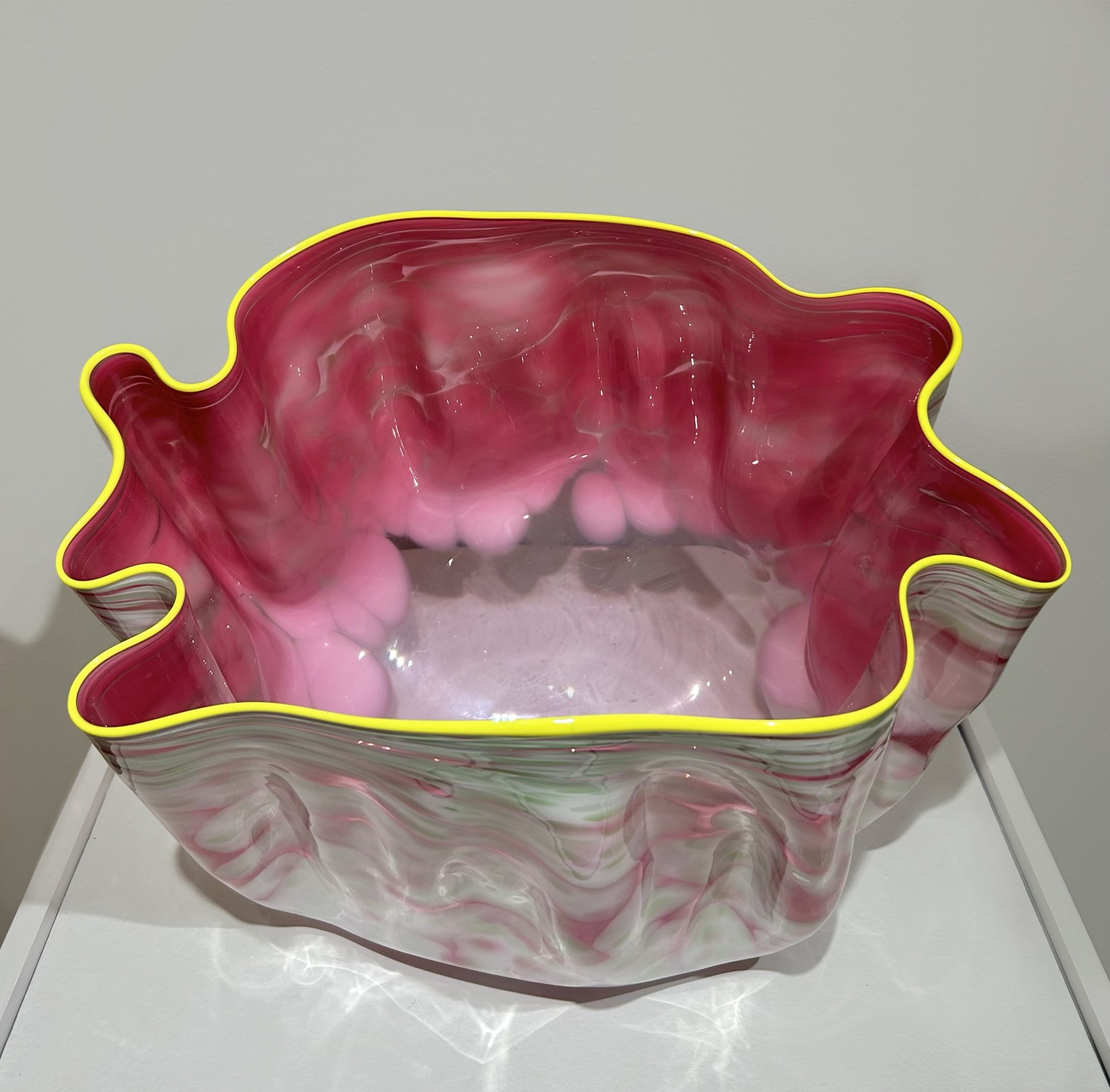
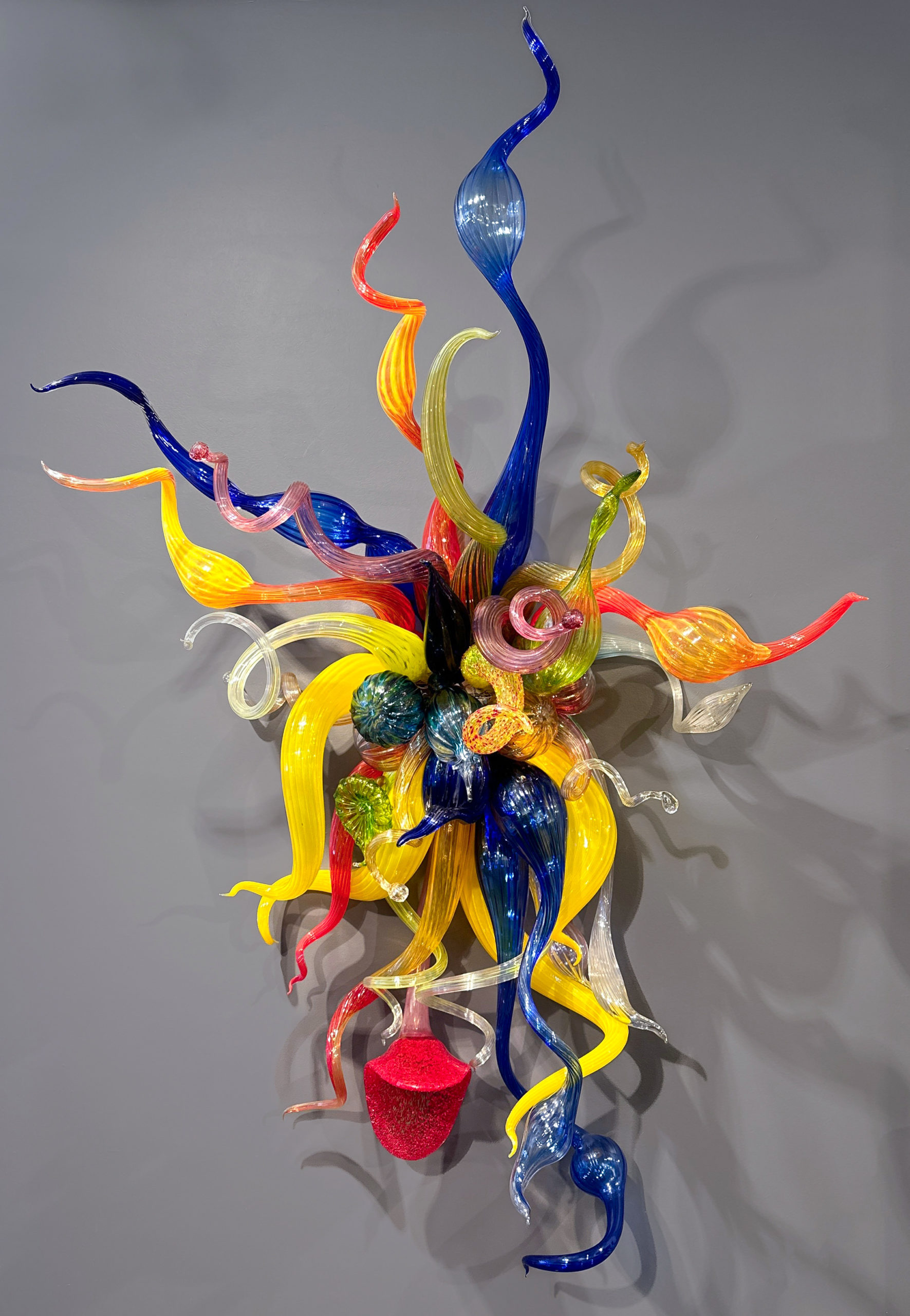
Dale Chihuly
Macchia: Pink and white with yellow lip wrap, 1986
14" x 19" x 12"
Dale Chihuly
Sconce
48" x 80" x 27"
KéKé Cribbs
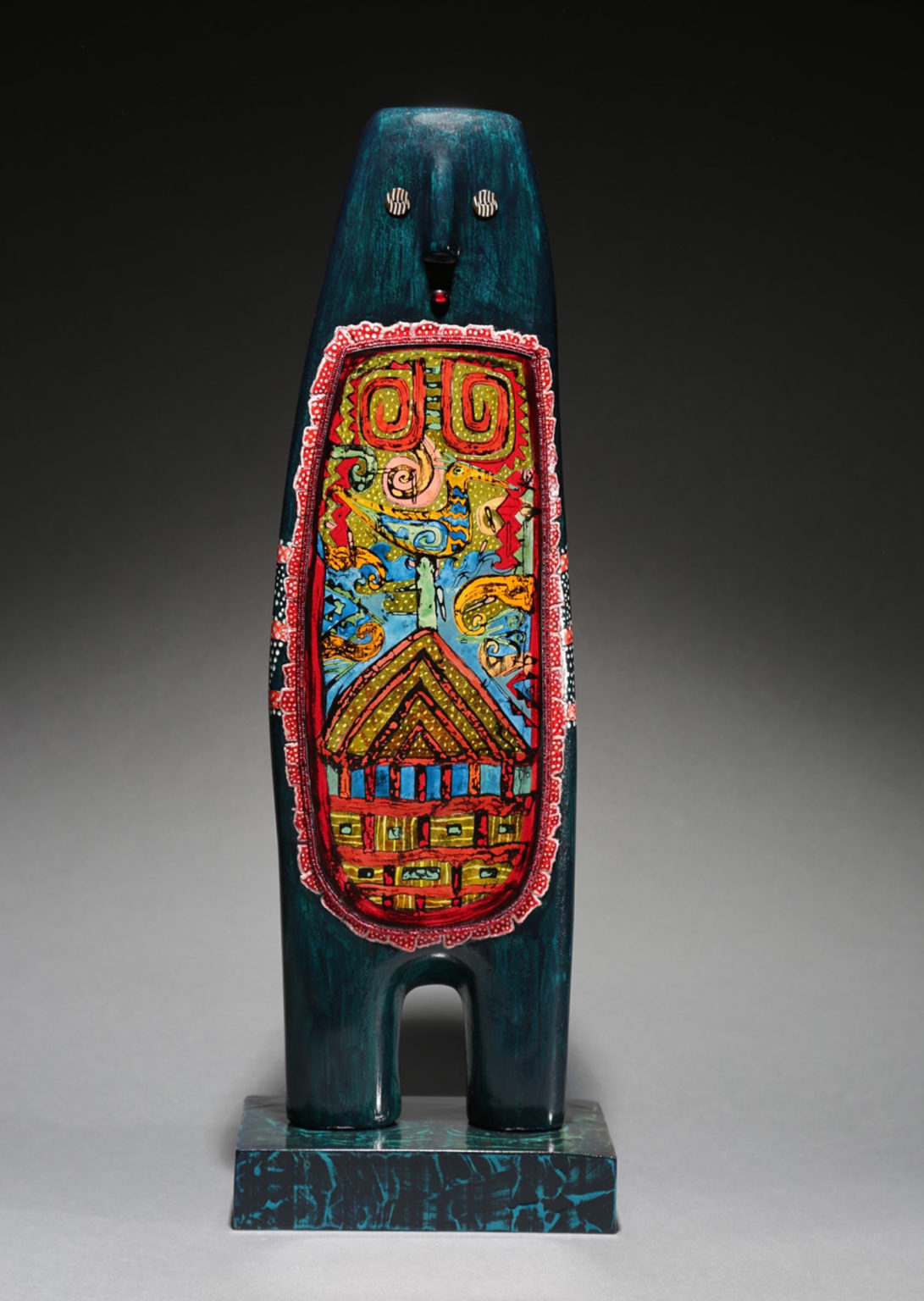
KéKé Cribbs
Birdie, 2015
Reverse fired vitreous enamels on glass, think shell mortar, painted wood
24" x 38" x 8"

KéKé Cribbs
Persephone, 2022
Glass Mosaics, reverse fired vitreous enamels on glass
24" x 38" x 8"
Harvey Littleton
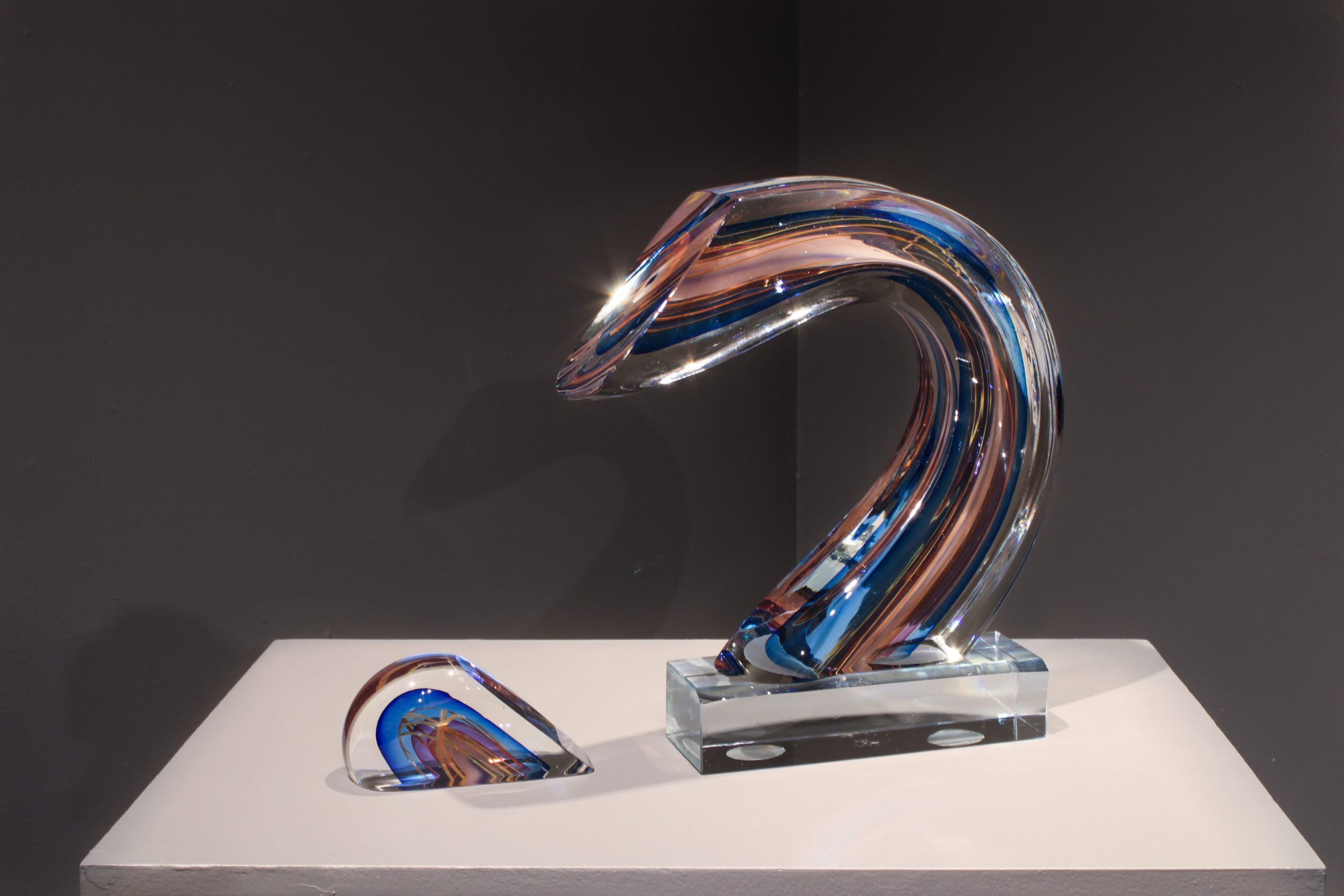
Harvey Littleton
Blue Moon Arc, 1985
16" x 18" x 6.5"
David Schwarz
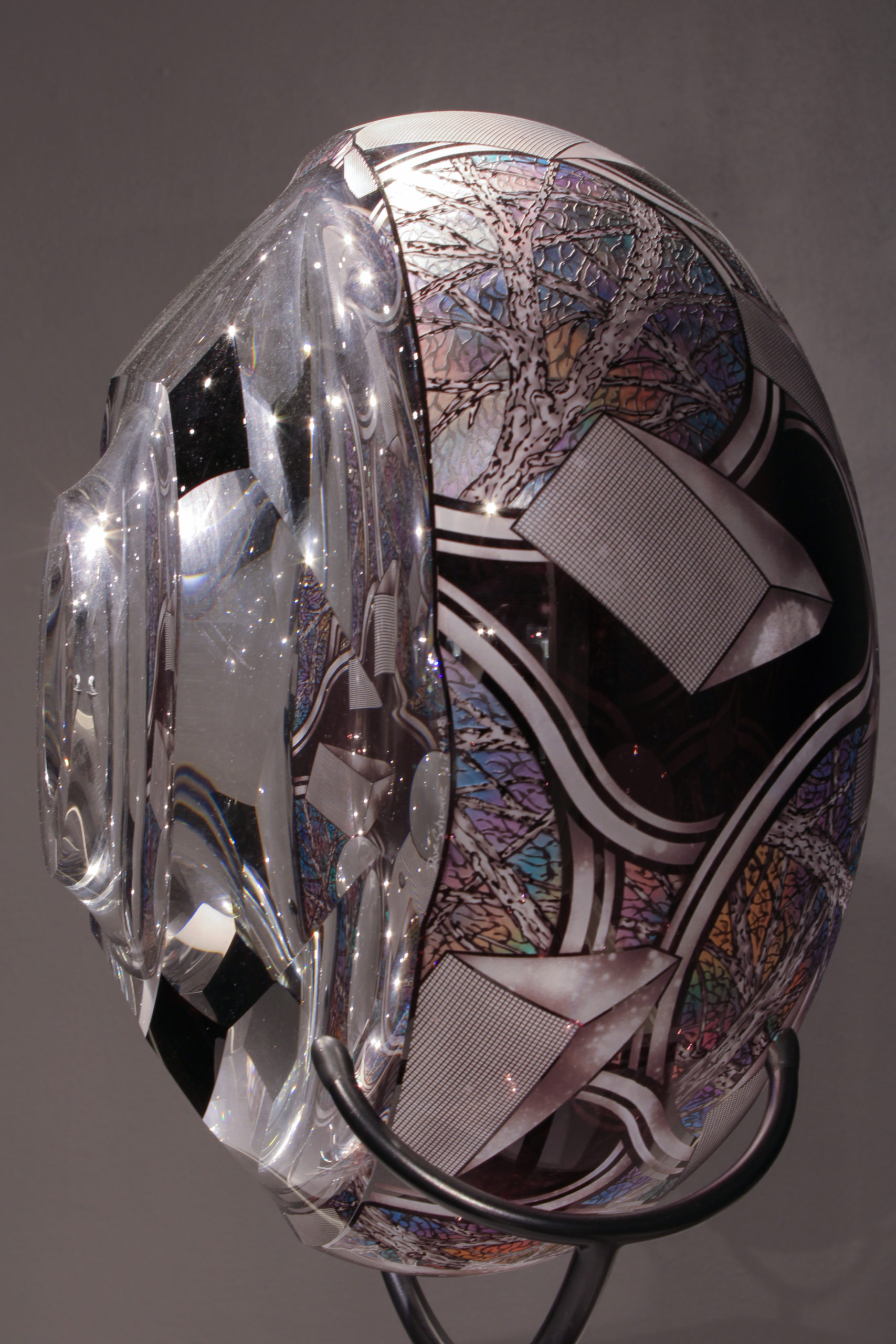
David Schwarz
Z.A.O.F., 2008
16" x 16" x 12"
Marvin Lipofsky
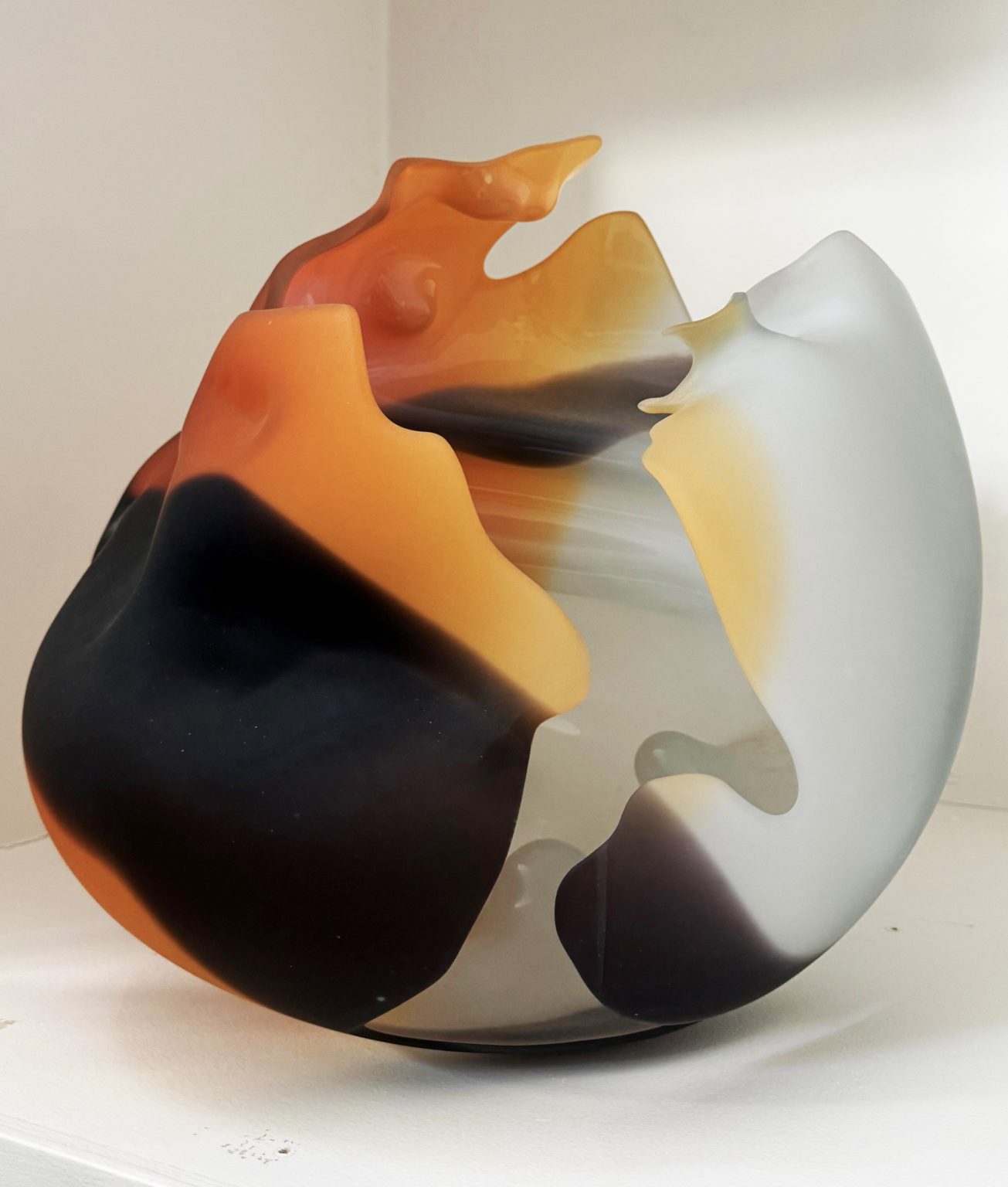
Marvin Lipofsky
California Color Series #2, 1986
13" x 15" x 15"
Lino Tagliapietra
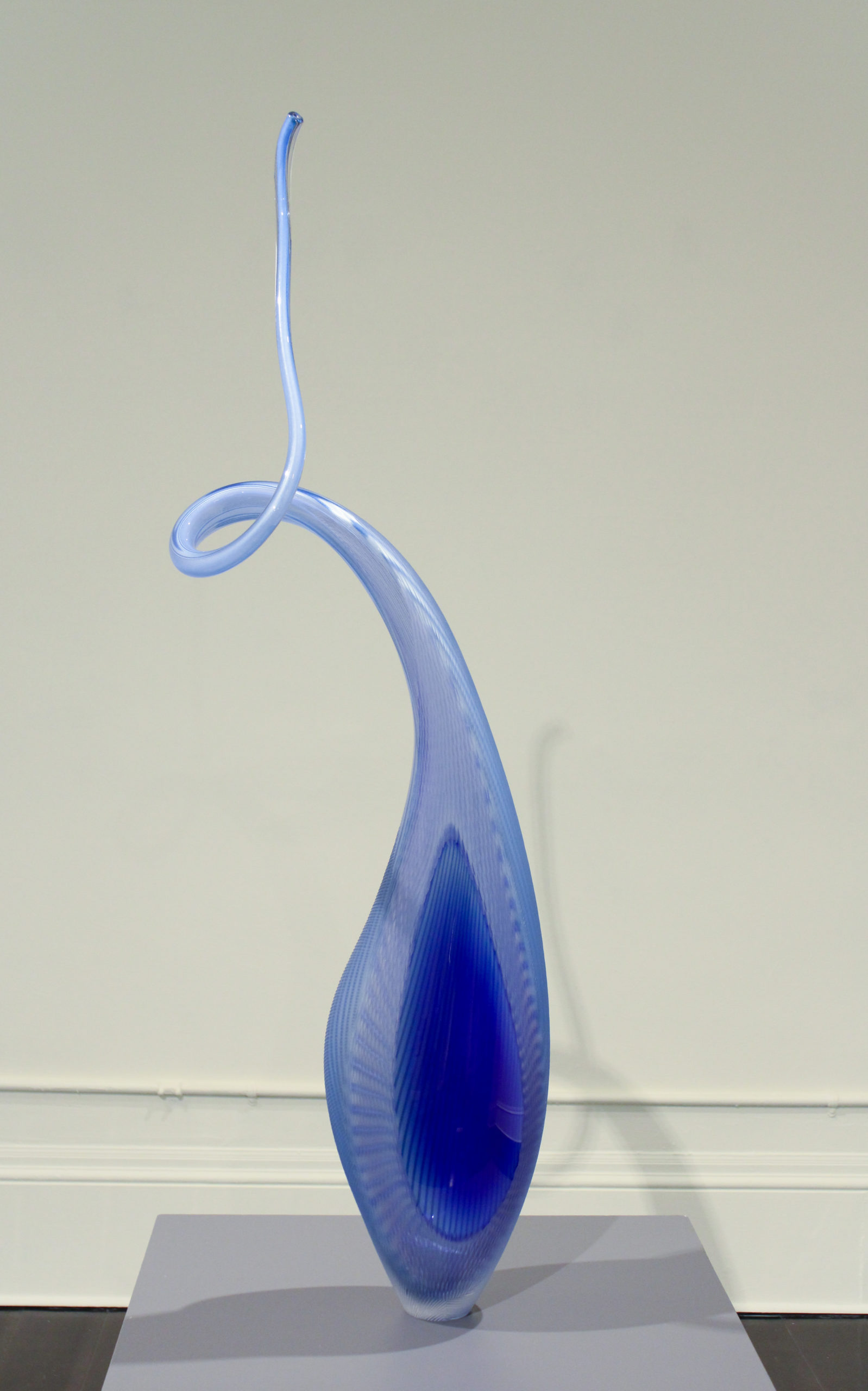
Lino Tagliapietra
Dinosaur, 2009
11" x 5.5" x 46"
Nick Leonoff
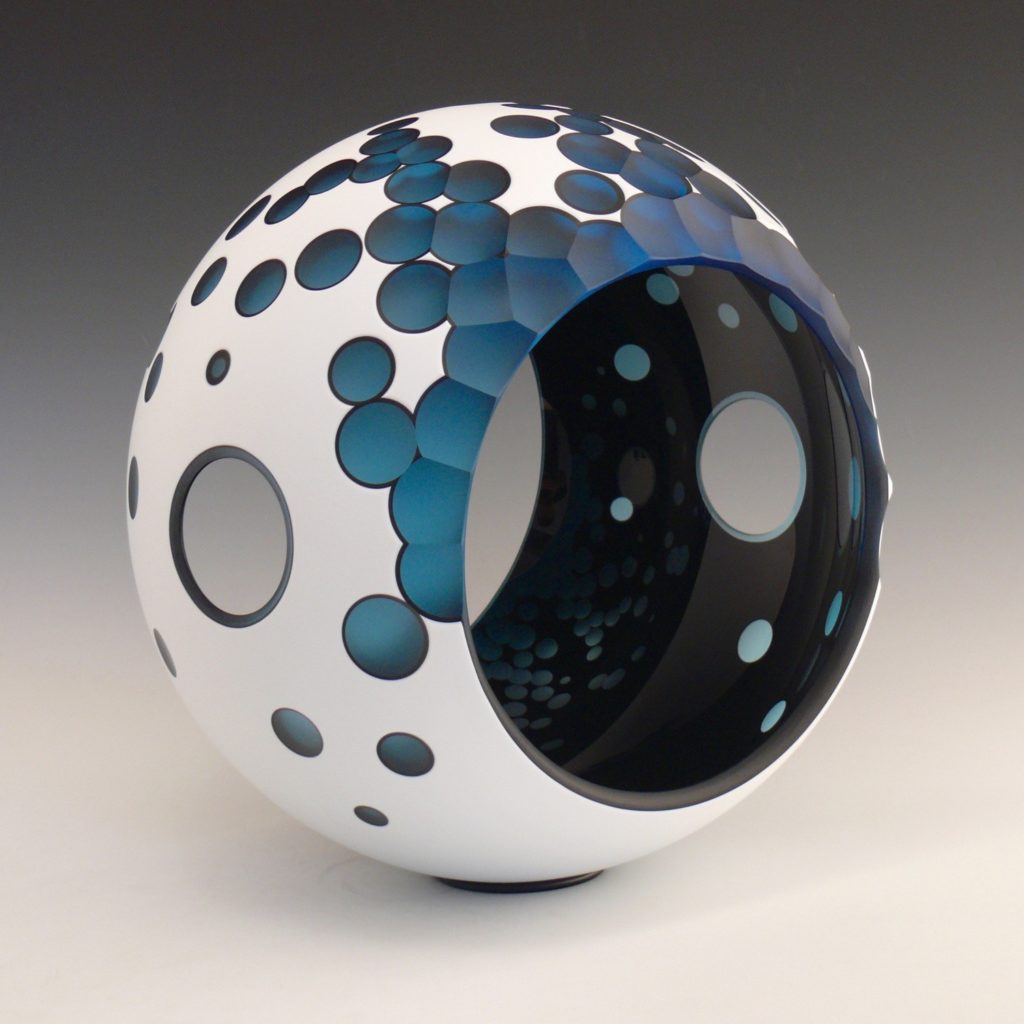
Nick Leonoff
Portal #36, 2017
15" x 15" x 10"
Paul Seide
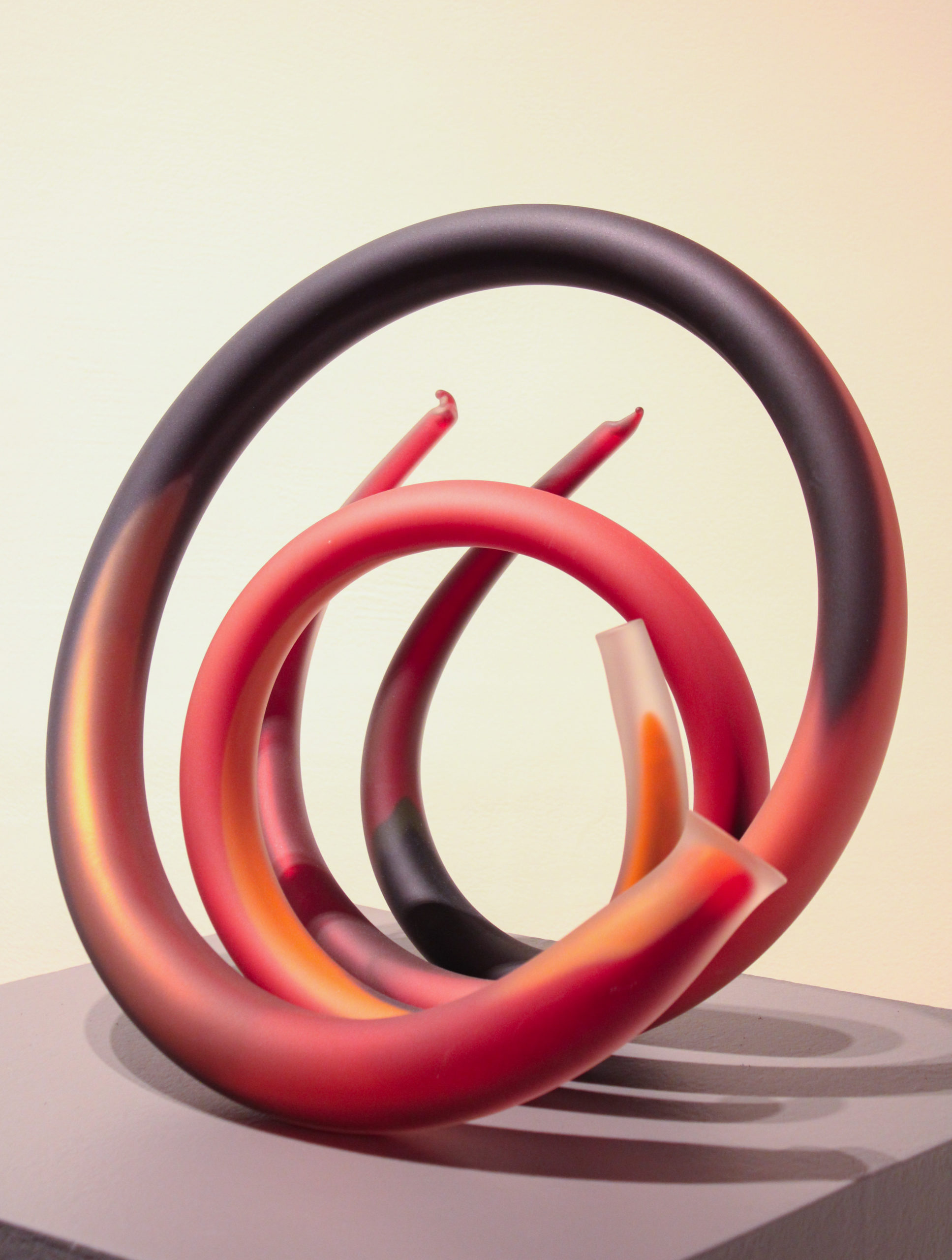
Paul Seide
Radio Loops, 1985
17.5"h x 20"w x 15"d
Concetta Mason
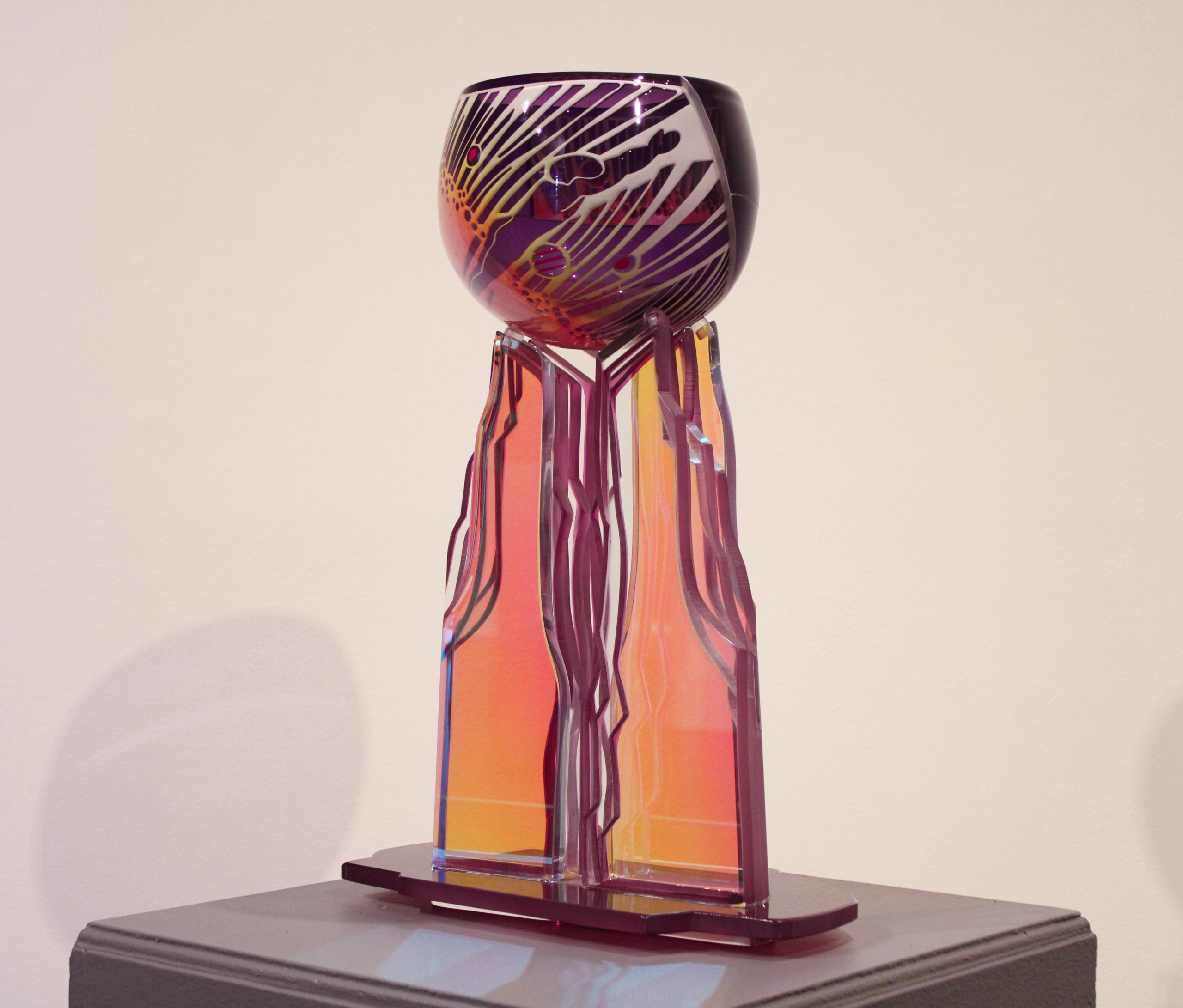
Concetta Mason
Sweet Journey, 1993
21.5"h x 14.5"w x 8"d
William Morris
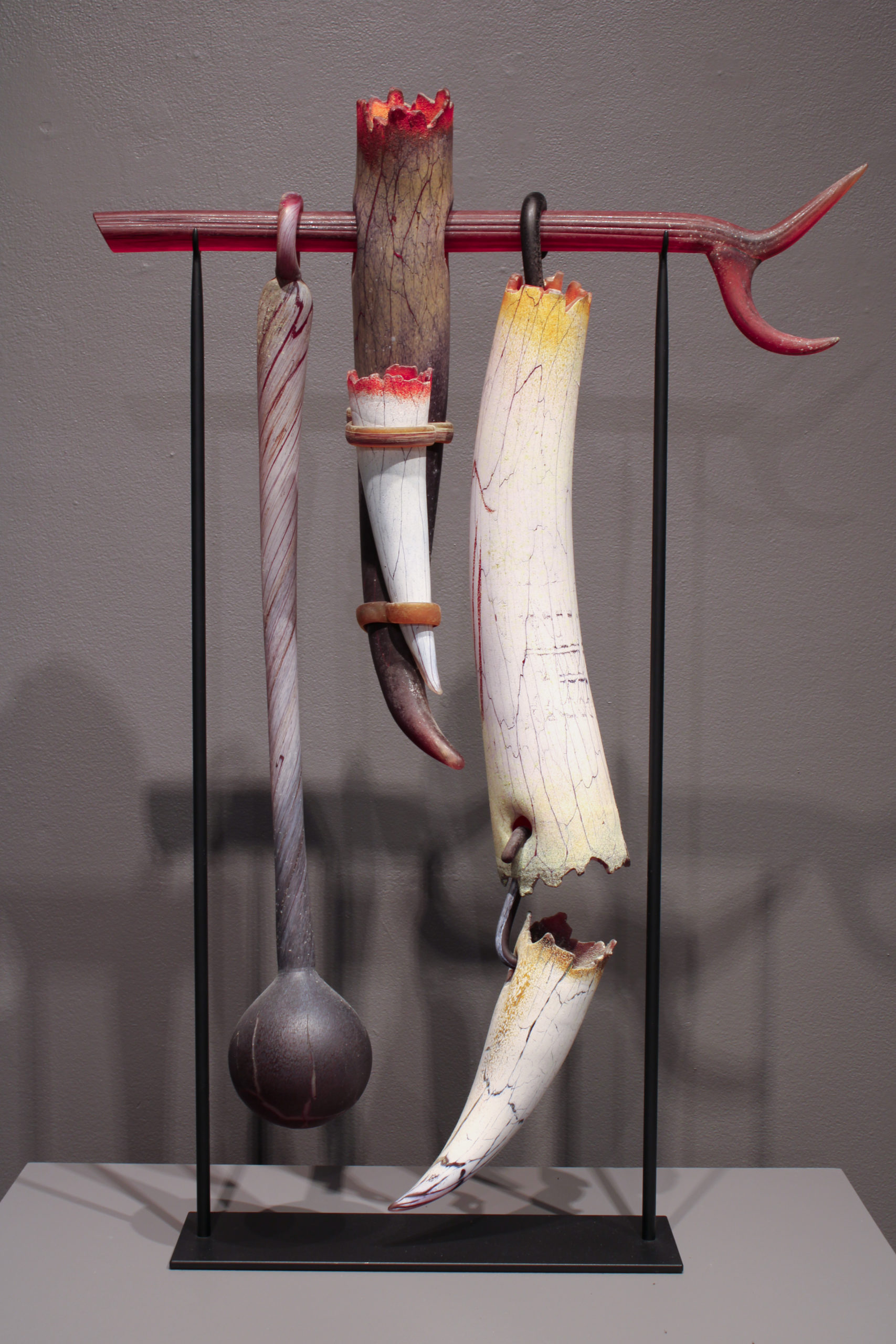
William Morris
Suspended Artifacts, 1996
37"h x 25"w x 6"d
Toots Zynsky
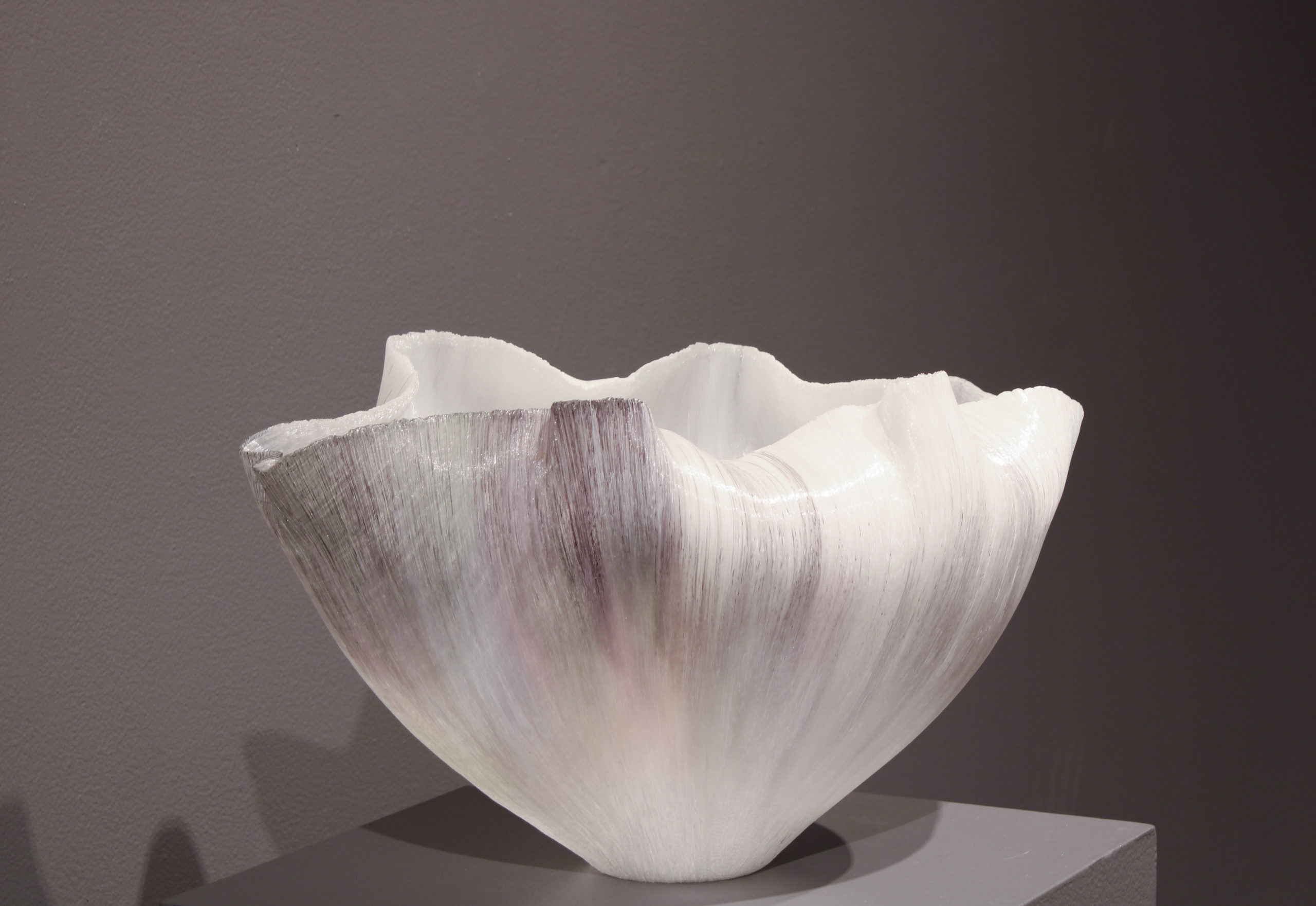
Toots Zynsky
For Hope, 2009
9.5" x 17.5"
Stephen Rolfe Powell
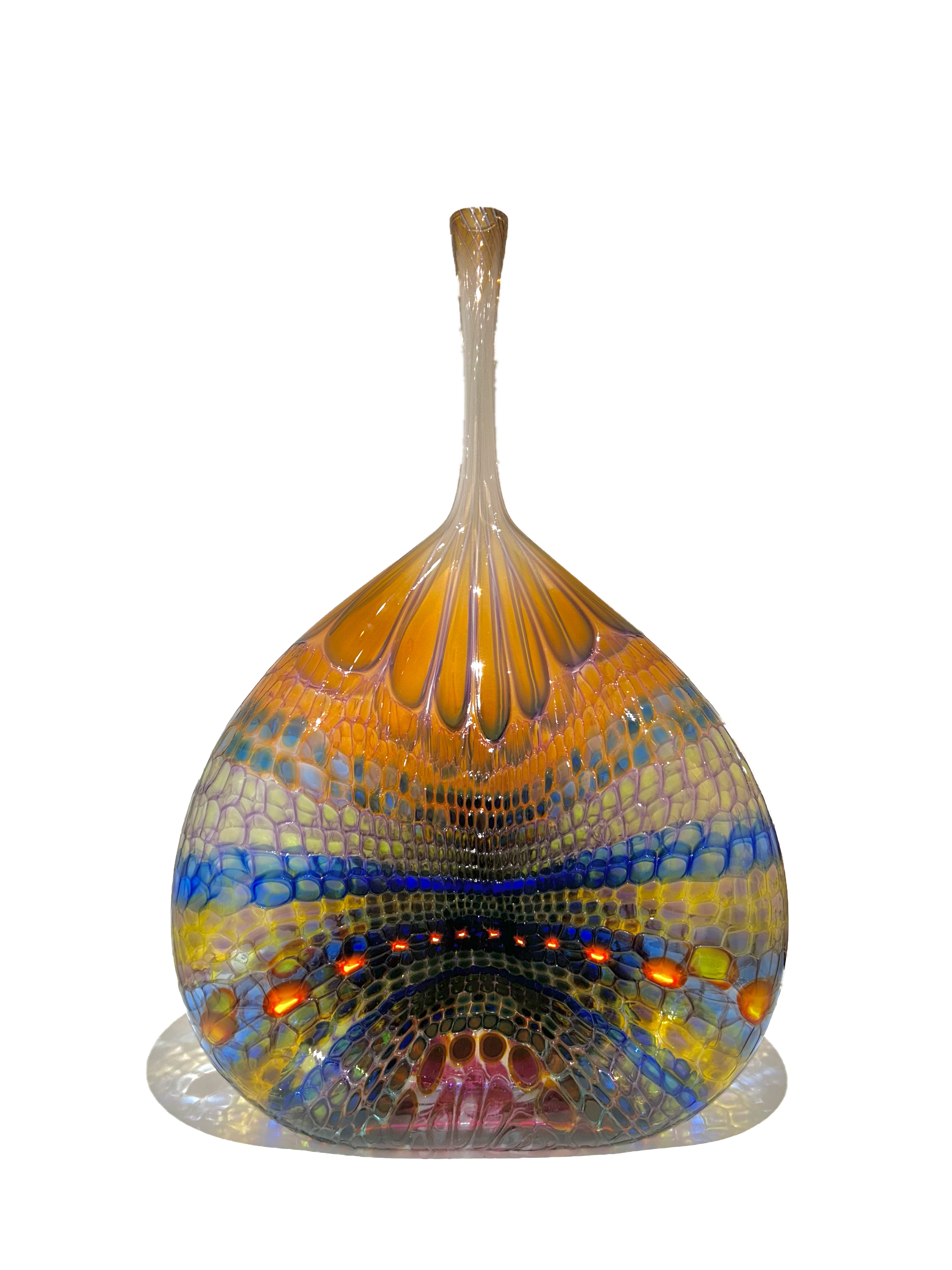
Stephen Rolfe Powell
Massive Teaser Vessel
34.5" x 23" x 6"
Nancy Callan
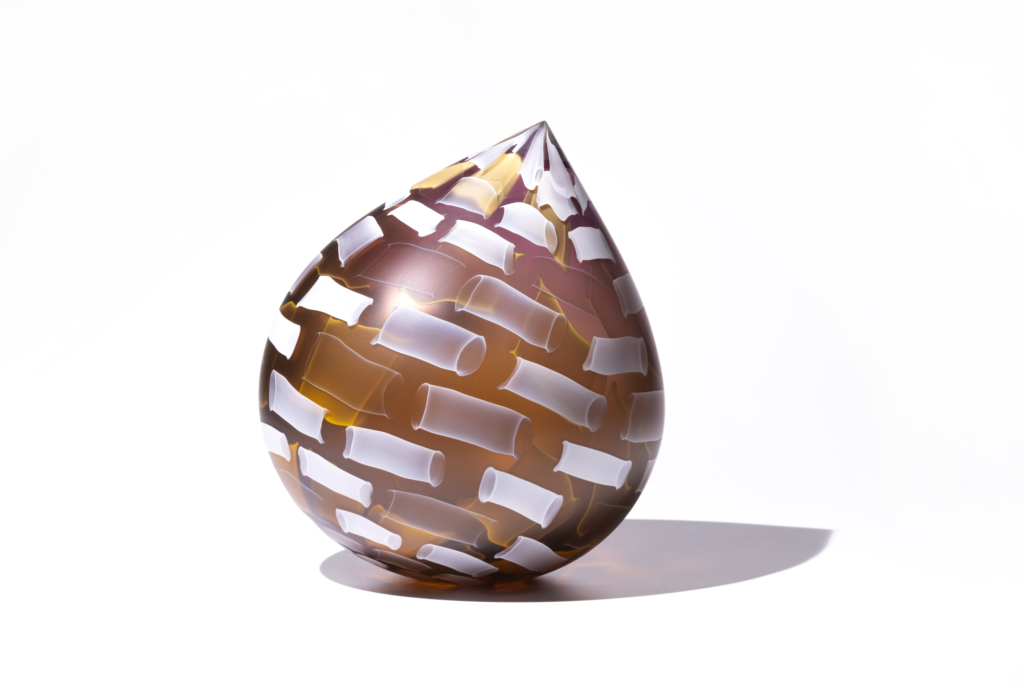
Nancy Callan
Embers Droplet, 2019
Blown and etched glass
19.5" x 16" x 16"
Therman Statom
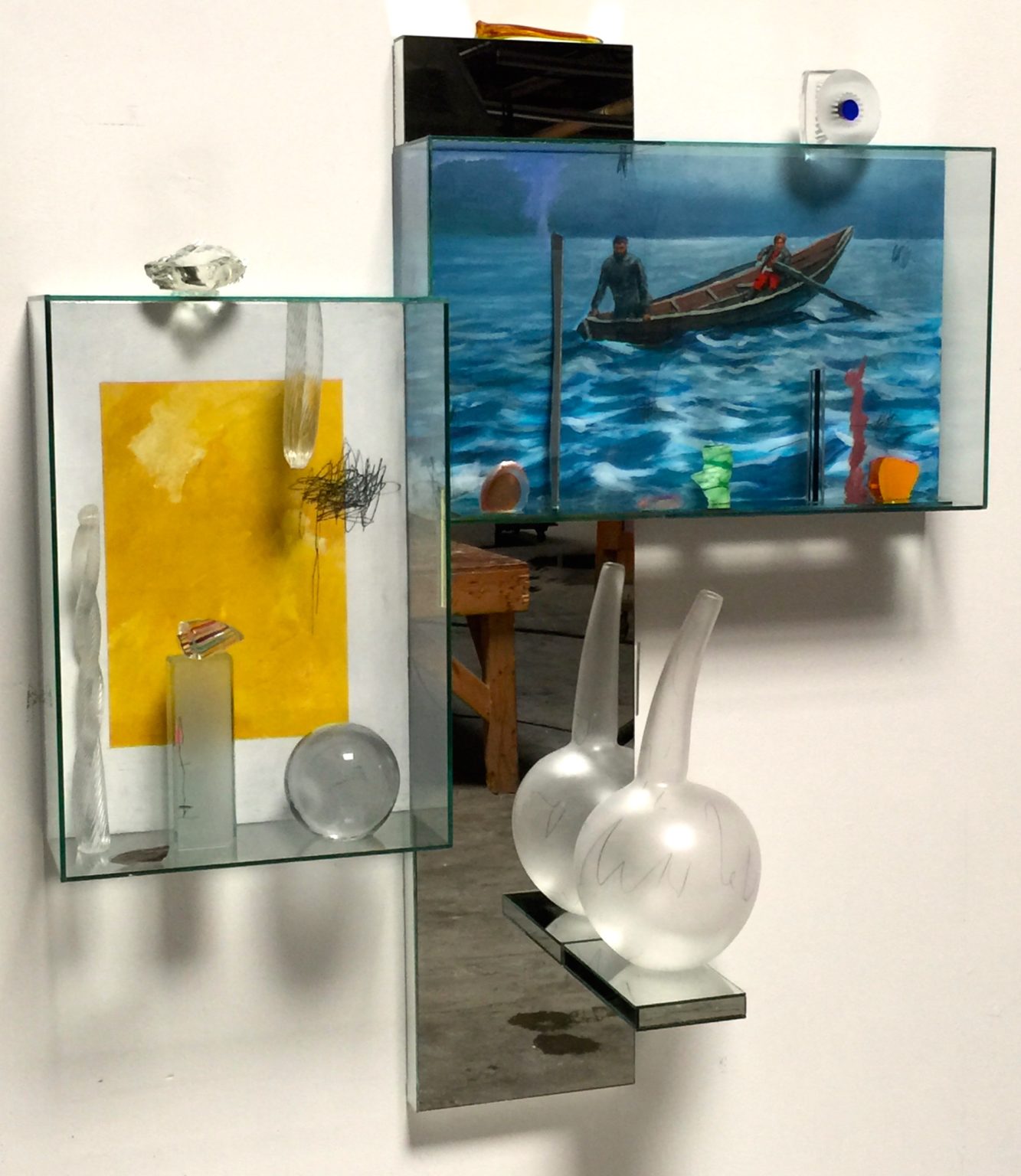
Therman Statom
Pesca dela Noches, 2015
Glass, metal, mixed media
42.5" x 37.5" x 9.5"
Sidney Hutter
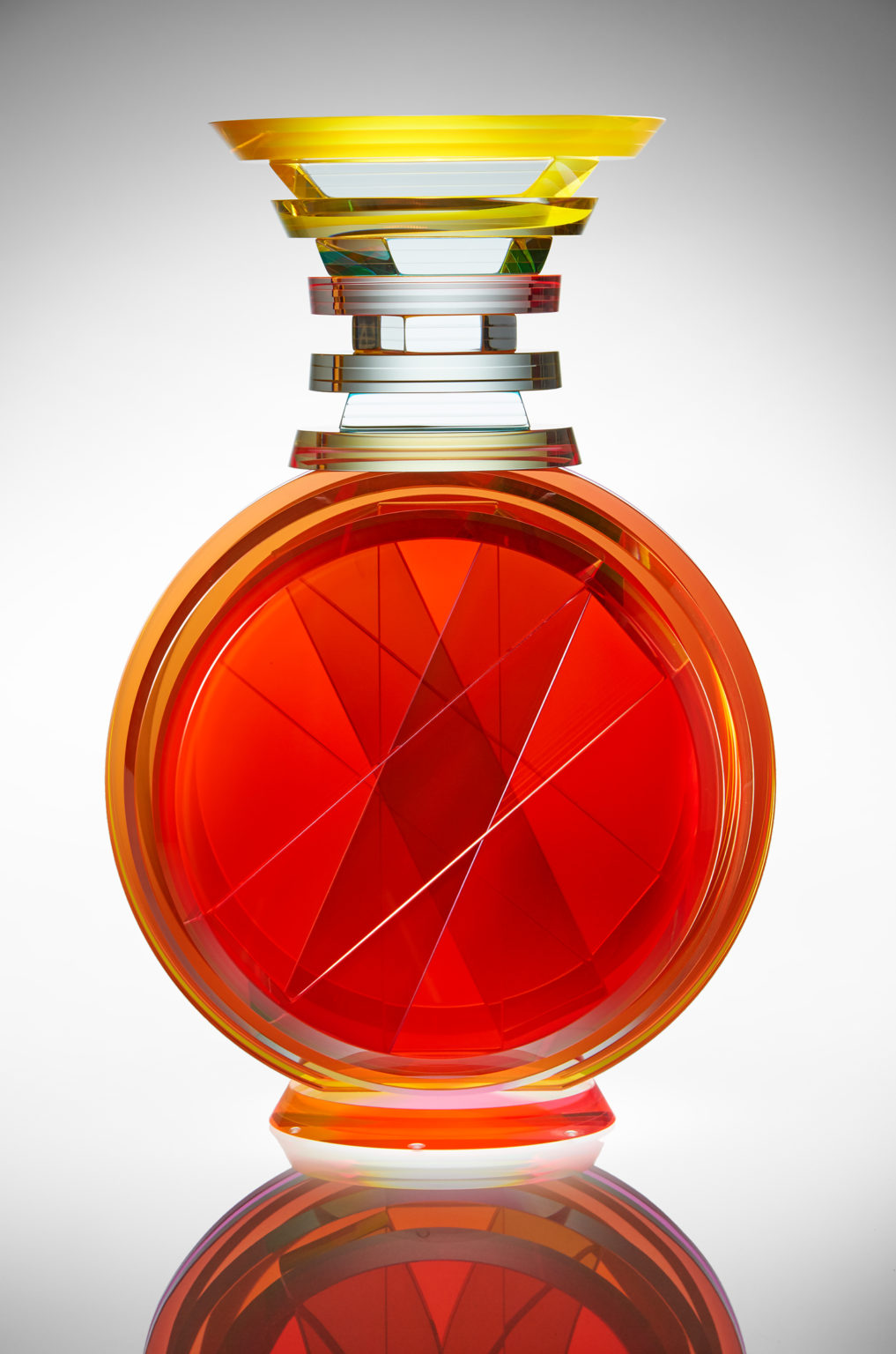
Sidney Hutter
Polished Laminated Vertical Vase #25, 2006
Laminated machined plate glass
18" x 12" x 8"
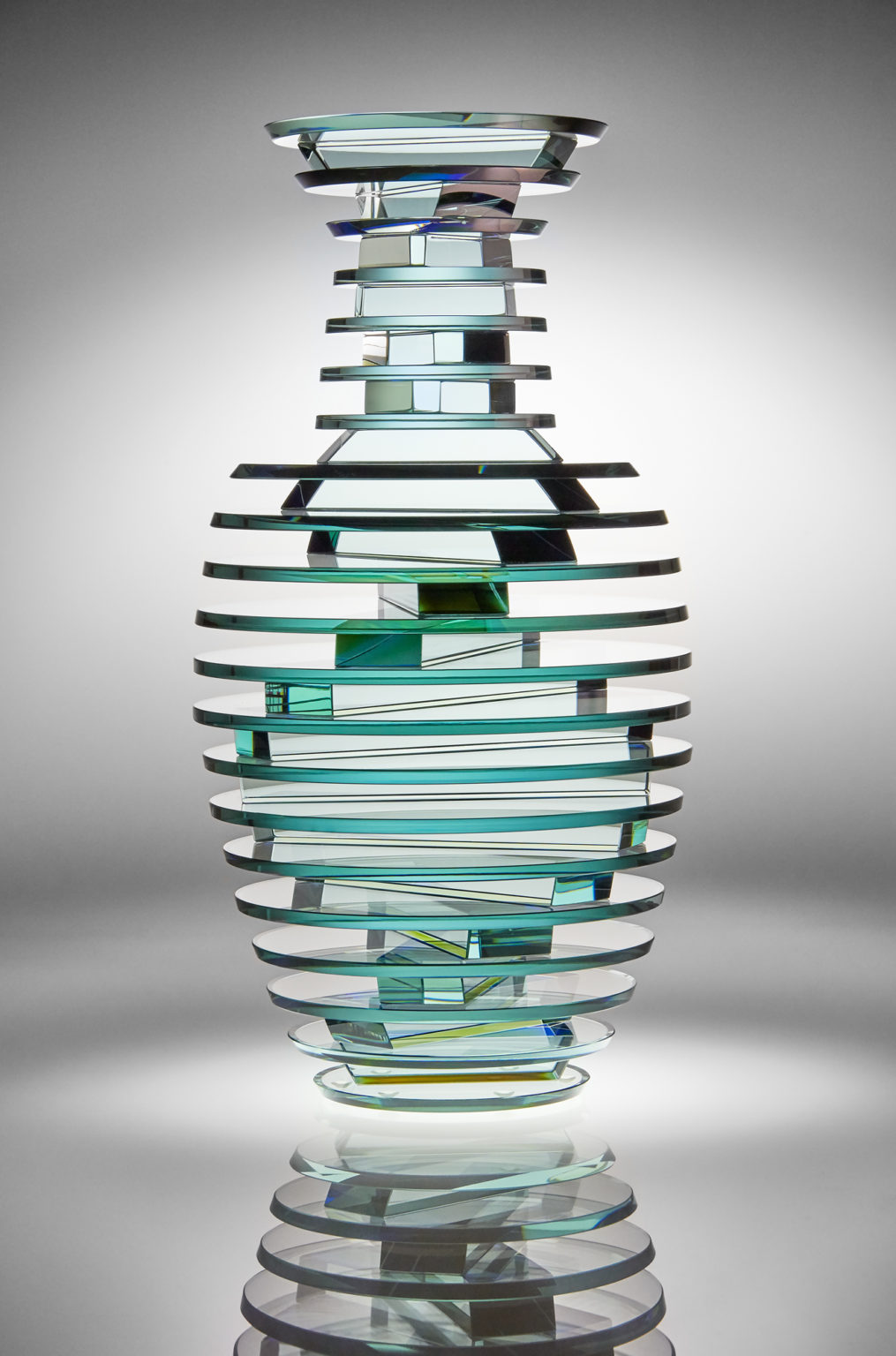
Sidney Hutter
Plate Glass Vase #28193, 1993
Laminated machined plate glass
14.75" x 7.75" x 7.75"

